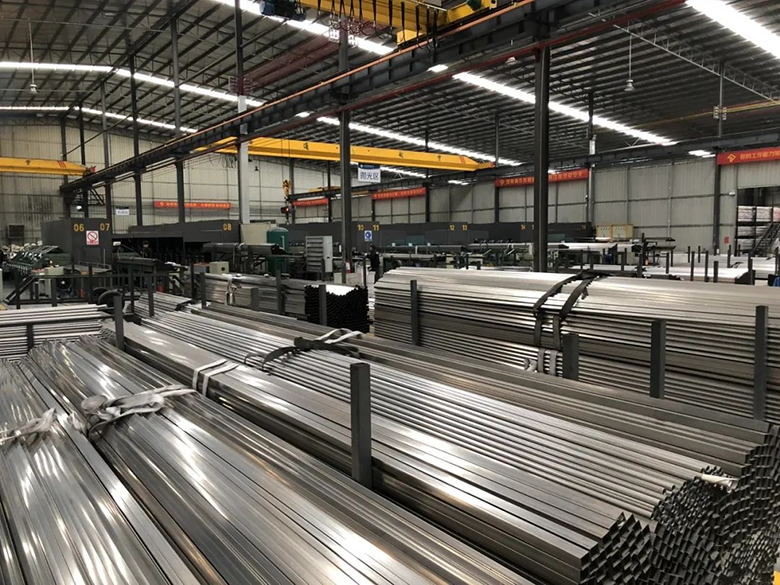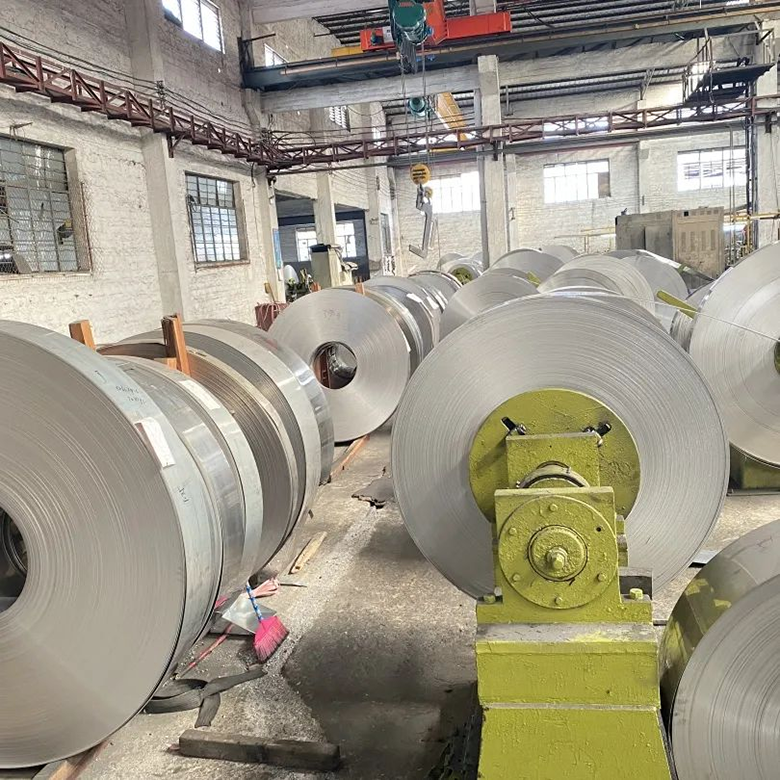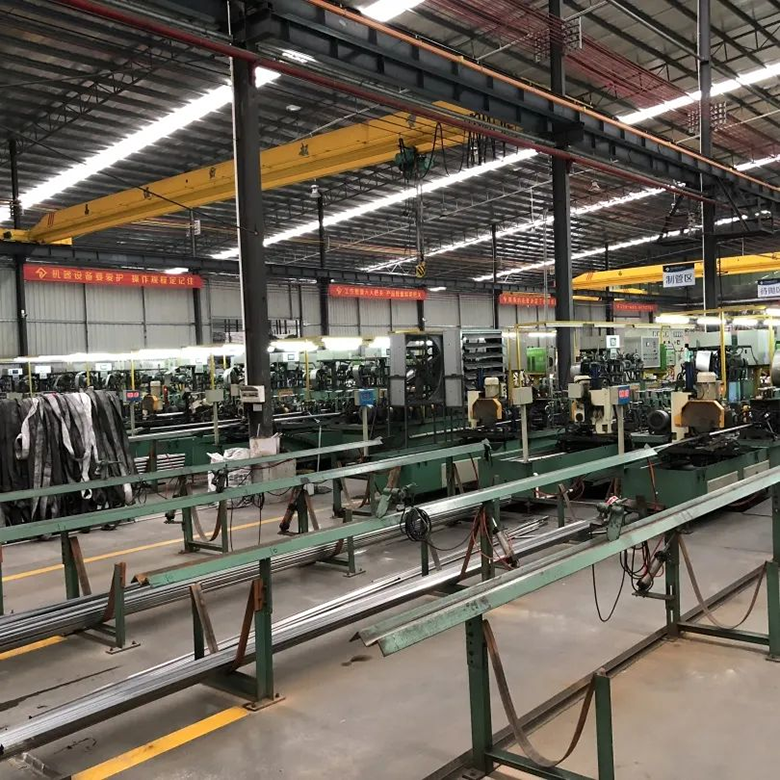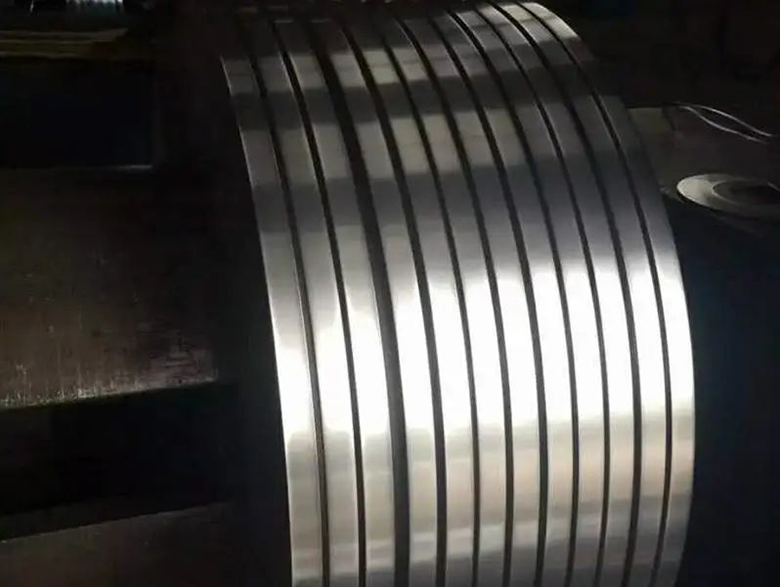Factors affecting the weight of stainless steel pipes
Why do stainless steel pipes of the same material, specification, and thickness still have different weights? Is it because the manufacturer cut corners or bought a defective product?
In fact, there are many reasons for this phenomenon. Today Yangtze Steel will reveal the secrets to you!

1. The influence of steel strip
First of all, we need to know that stainless steel strips are divided into hot-rolled steel strips and cold-rolled steel strips. Cold-rolled steel strips do not need to be rolled, while hot-rolled steel strips need to be rolled. After rolling, the weight of the finished product will be different.

2. The influence of rolling
During the rolling process of hot-rolled steel strips, if the rolling is uneven, it will cause thickness errors on the same steel strip, which will ultimately lead to weight differences in the spot stainless steel pipes.

3. The influence of Slitting
When the steel coil is slit into required widths, errors may occur during the welding process, resulting in stainless steel pipes with different widths.

The width error will not only affect the weight, but also lead to errors in the diameter of the stainless steel pipe.
4. Different factory standards
Competition in the stainless steel pipe industry is fierce at present. The thickness of the stainless steel pipe determines the weight, and the weight of a single pipe also determines the price. Therefore, many stainless steel pipes on the market are getting thinner and thinner. This does not mean that manufacturers can reduce product quality at will.

Editor: Lucas
Mail: lucas@yangtzesteel.com








